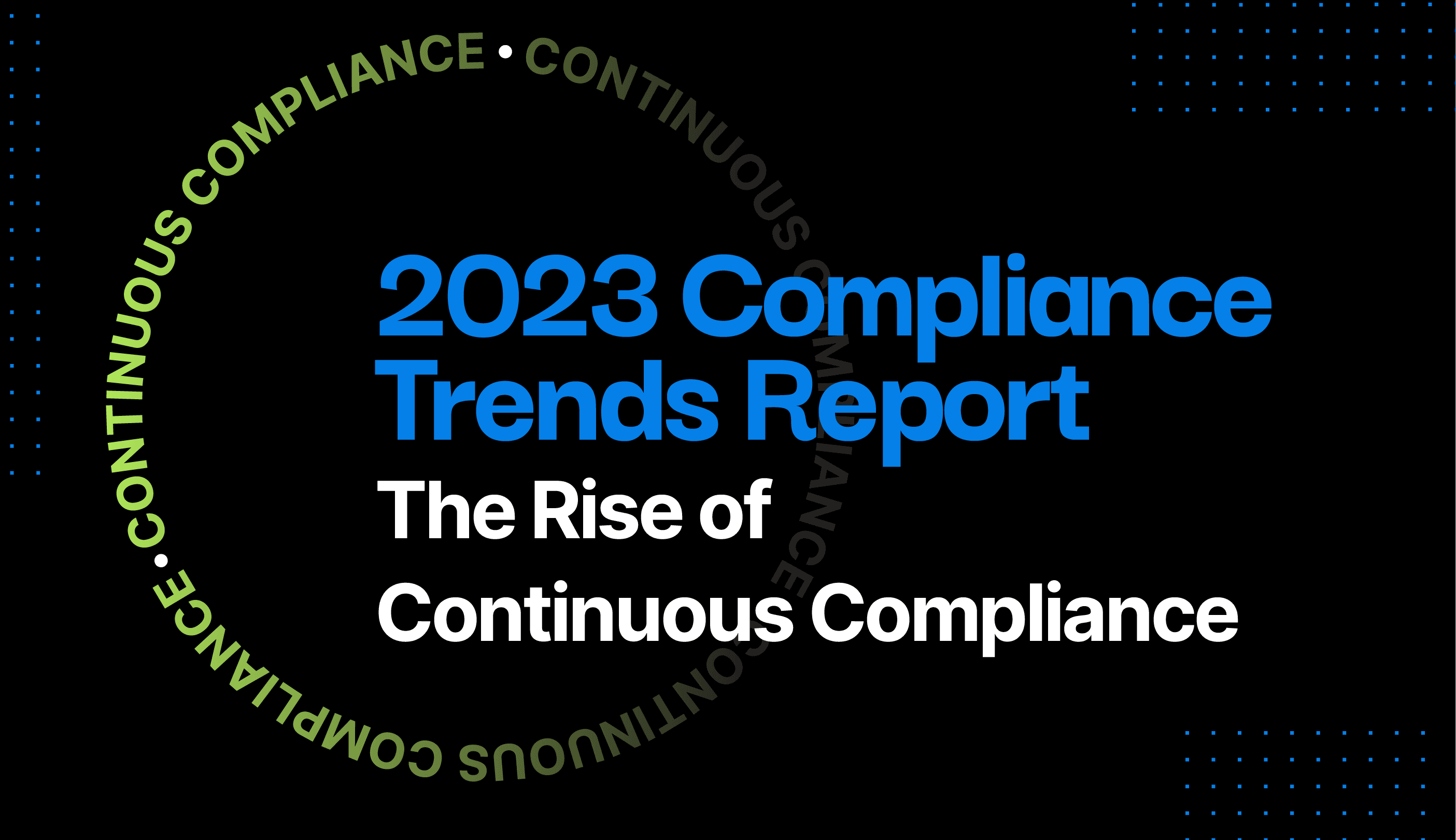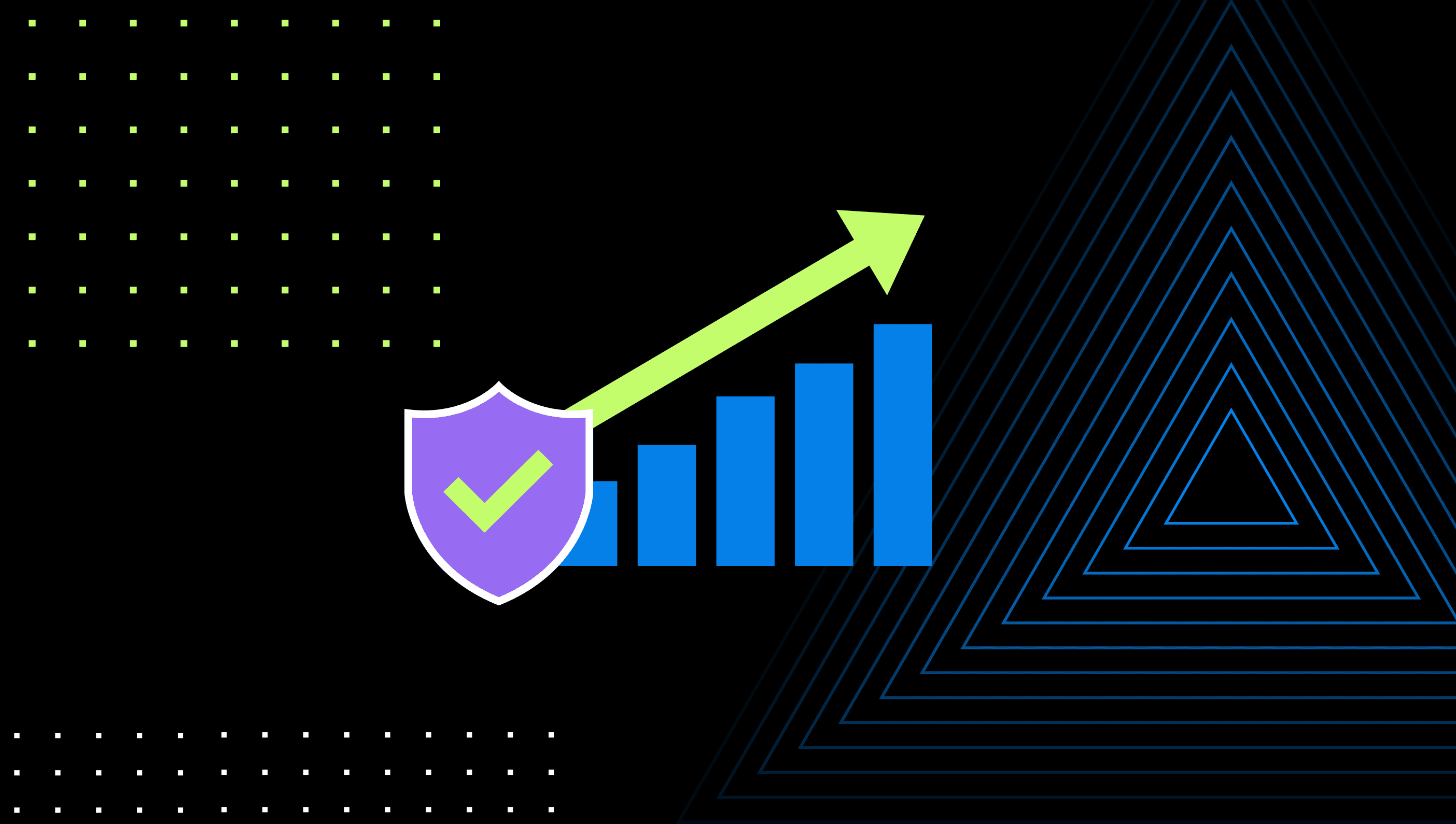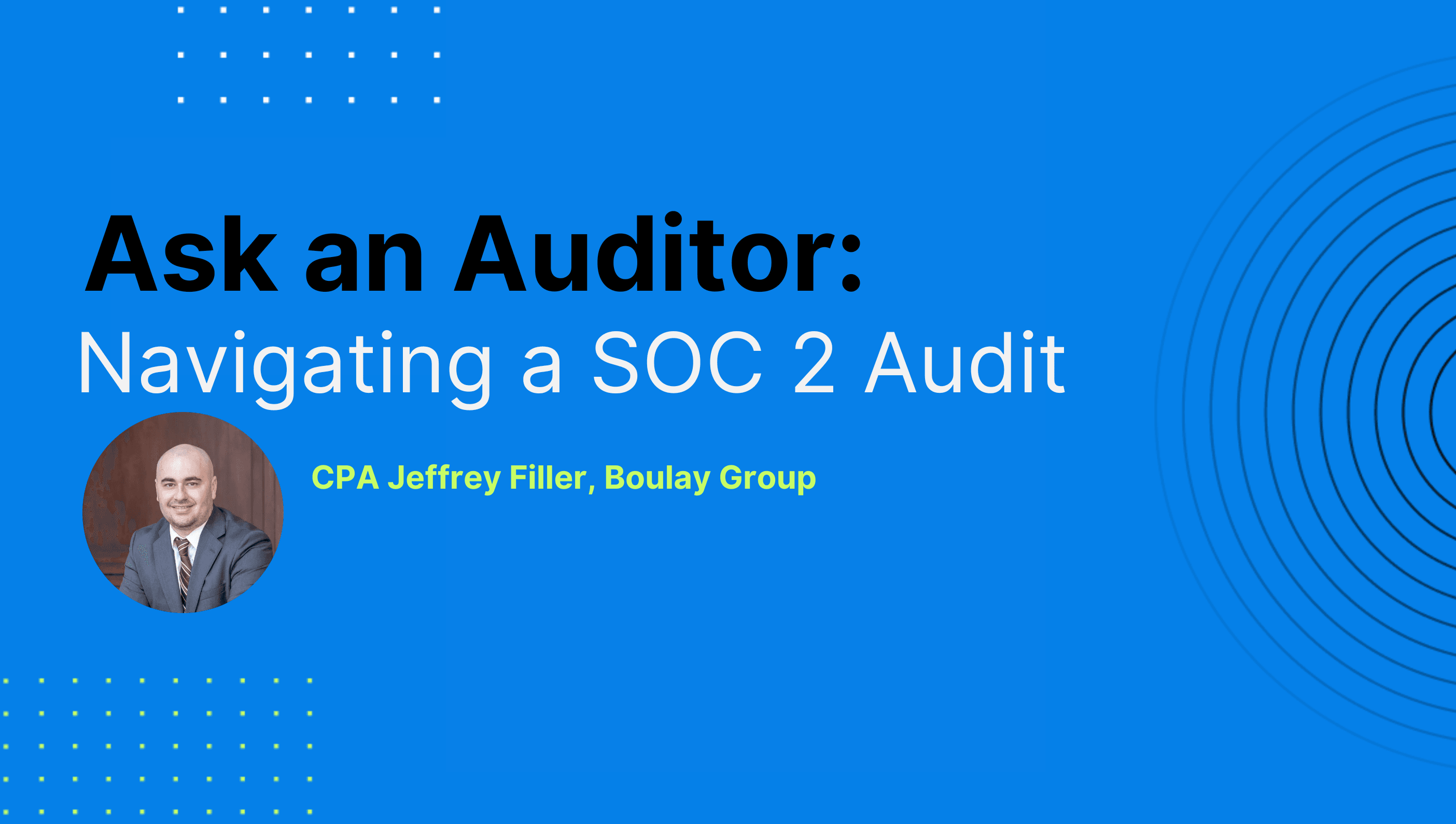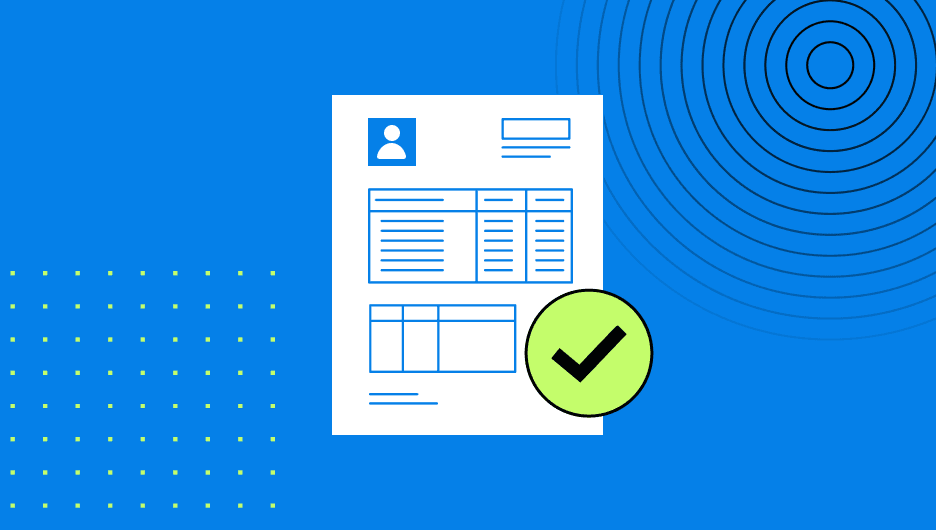The Cost of Non-Compliance
When balancing the cost of compliance against the cost of non-compliance, many organizations realize that automating key tasks enables them to gain financial benefits.
For many companies, compliance feels like one of those time-consuming tasks that doesn’t always contribute to your bottom line. Compliance isn’t like driving the speed limit on the highway, where you can scrape by without incident if you go five or ten miles over. When it comes to keeping your business compliant, you don’t get the same wiggle room.
When you compare the cost of compliance against the cost of non-compliance, you’ll find that you gain financial and reputational benefits by leveraging automation and staying compliant.
So what happens if you don't comply?
If you drive a few miles over the speed limit, the most you might get is a ticket. However, when you fail to comply with data protection mandates, you suffer broader consequences.
Security Consequences
While the traditional compliance mindset focuses on checking off the relevant boxes, a security-first compliance approach enables you to enhance your data protection. Compliance mandates act as minimum baseline requirements for basic cyber hygiene.
For example, most regulations and frameworks require you to:
Implement a strong password policy.
Encrypt data-at-rest and in-transit.
Limit user access based on a “need to know” basis.
Use anti-virus software on devices.
By implementing these fundamental security controls, you can thwart cybercriminals. Consider how the different controls mitigate risk:
Strong password policies make it more difficult for cybercriminals to “guess” user passwords when they deploy credential-based attacks.
Encrypting data means that cybercriminals can’t use information even if they manage to steal it.
Limiting user access reduces the likelihood that people can accidentally use, view, or share sensitive information.
Anti-virus software helps detect and remove malware that malicious actors use to steal data or deploy a ransomware attack.
By investing in technologies that enable you to mitigate data breach risks, your proactive security program saves money that you would have spent responding to and remediating a data breach.
Business Consequences
When non-compliance leads to a data breach, you also experience revenue and operational consequences.
Customer Churn
Your customers trust you to protect sensitive data, and a data breach undermines that trust. Research notes that people stop doing business with a company that didn’t protect data, finding:
40% of all respondents no longer worked with a company after a data breach.
52% of all business respondents stopped working with a company after a data breach.
10% of respondents stopped working with a company that experienced a data breach in the previous 12 months.
Business Interruption
From ransomware to distributed denial of service (DDoS) attacks, security incidents mean people can’t use data, networks, and systems. Additionally, responding to and fully recovering from the attack can take hours, days, or weeks.
When employees and customers can’t access critical services, you lose revenue—you’re still paying your employees, but they don’t have access to the tools they need to do their jobs. Lost productivity quickly becomes a financial loss.
Cyber Insurance Premiums Increases
Your cyber risk insurer calculates your premiums based on the risk you pose to their book of business. Inadequate cybersecurity hygiene increases your risk, meaning that an insurer is less likely to provide coverage. If they do provide coverage, your premiums will be higher than average.
Many insurers request your compliance documents, like certifications or audits, to validate their risk calculations. Even without experiencing a data breach, your non-compliance generates business costs.
Lost Deals or Increased Security Due-Diligence
Security and compliance are often expected by your potential customers. Lack of compliance can cause you to lose deals or significantly slow down your sales cycle due to increased security due-diligence from prospects.
Legal Consequences
Non-compliance has several different legal consequences, even if you’re not in a highly regulated industry.
Fines and Penalties
Regulatory compliance requirements usually have fines and penalties, including potential jail time. From a financial perspective, most laws allow administering agencies to assess fines for non-compliance. Under the General Data Protection Regulation (GDPR), even a less severe violation can cost you 2% of your worldwide annual revenue or a fine up to €10 million, whichever is more.
Meanwhile, under the Health Insurance Portability and Accountability Act (HIPAA), knowingly and wrongfully disclosing protected health information (PHI) can lead to anywhere from one to 10 years in jail. One malicious employee with access can create a waterfall of issues across organizations.
Lawsuits and Damages
If your non-compliance leads to a data breach that impacts personally identifiable information (PII), impacted victims can file lawsuits for damages. For example, under the California Privacy Rights Act (CPRA), people can sue in civil court for damages caused by a data breach.
Lawsuits like this can be expensive, requiring you to pay attorney and court fees, even if you never go to trial. If you do go to trial, the court sets the damages, which increases the total amount. Since compliance sets out basic best practices, non-compliance could be used as evidence of negligence.
What Are Some Common Compliance Pain Points?
Many companies feel overwhelmed by compliance because it’s time-consuming and requires a certain level of expertise. In response, they either hold off doing the work, do it on an ad hoc basis, or build an incomplete program.
Time-Consuming
Compliance is time-consuming because it’s a whole process. When you think of the different tasks associated with your compliance program, you need to plan for the following:
Completing a risk assessment
Building policies and processes
Reviewing current controls to look for any gaps
Implementing new controls or remediating weaknesses in current ones
Monitoring to make sure they continue to work as intended
Training employees
Documenting everything you do
Collecting evidence for audits
Working with auditors during the on-site part of the audit
Responding to any findings and fixing any problems
Reporting back to leadership and the board
Embedded within each task is often additional complexity.
Cost
Completing these tasks costs money. When you start going down the rabbit-hole, you might feel like the costs outweigh the benefits:
Hiring experts to engage in the risk and gap assessments
Hiring someone to do the day-to-day management
Buying the technologies to implement controls
Working with a third-party firm to do the independent audit
Skills Gap
Not only do you need to hire people, you have to find the right people with the right skillset. With cybersecurity skills in high demand, finding people with the experience becomes its own challenge.
Typically, you need:
A CISO who knows your industry.
Security function to do the monitoring and response.
If you’re not large enough to hire an internal team, you can outsource the activities to a vCISO or Managed Security Services Provider (MSSP). However, you still need internal people who can oversee the part-time staff and fill in gaps on day-to-day activities.
5 Steps to Lessen the Compliance Burden
While achieving and maintaining a strong security and compliance posture is hard, it’s not impossible if you use automation.
1. Create an Asset Inventory
You can’t protect what you don’t know you have. Your first compliance investment should focus on knowing all your devices, endpoints, and cloud resources.
2. Assess Risk
Once you have your asset inventory, you can use this as the basis of your risk assessment to review:
Assets that collect, store, or access sensitive data.
People using devices to collect, store, or access sensitive data.
Assets critical to business operations.
For each user and asset, you then look at the likelihood of a data breach and the potential impact a data breach would have on your business.
3. Create Policies and Procedures
Compliance is about documentation, specifically defining the actions you plan to take. Some key policies include:
Information security policy
Privacy policy
Business continuity and/or and disaster recovery plans (including key metrics like recovery point objective)
Incident response plan
4. Implement Basic Controls
Once you identify high risk assets and users, you can begin establishing basic controls like:
Multi-factor authentication (MFA)
Strong password policies
Limiting user access according to the principle of least privilege (also referred to as role based access control)
Scanning networks for devices with vulnerabilities and applying security updates to them
Encrypting data-at-rest and data-in-transit
5. Continuously Monitor Security and Compliance
In a cloud-based world, your security and compliance posture is dynamic. From misconfigurations to newly discovered vulnerabilities, you should monitor your controls continuously to ensure they work as intended.
Why Should I Work Toward Continuous Compliance?
When you build a proactive security-first continuous compliance program, you get the dual benefit of enhancing your data protection capabilities and providing customers with the documentation that enables digital trust.
According to research, 41% of respondents indicated that without continuous compliance, they experienced a slowdown in their sales cycle. By implementing continuous compliance, you can differentiate yourself from competitors to close more deals and close them faster.
Benefits of Continuous Compliance
Continuous compliance means that you continuously monitor and document your security posture. In an interconnected digital world, one weak link in the supply chain impacts all business partners. Customers need the assurance that you won’t increase their data breach risks. Investors need to know that you won’t be a liability to their portfolio.
By automating compliance, you can continuously assure customers and investors that you can identify and manage risk. By taking a proactive approach to security and compliance, you can respond to new risks faster, enhancing your threat protection capabilities across internal and external risks.
By shifting your mindset away from compliance costs to compliance value, you can increase your revenue and accelerate your sales cycle.
Automation and Expertise for Continuous Compliance
With Drata’s comprehensive solution, you can automate your compliance processes and monitoring without sacrificing customization. Built by compliance and security experts, our platform maps controls to multiple frameworks and automates the evidence collection process, so you can focus on your business objectives while saving time and money.
Continuously monitoring your compliance posture gives you a complete, real-time view of your status whenever you need it. Book a demo with Drata to see how we can help you achieve continuous compliance.
2023 Compliance Trends Report
Drata surveyed 300 established and enterprise organizations to tap the pulse of the state of risk and compliance. In doing so, we identified related trends, perceptions, and how compliance impacts the business. This year, the primary takeaway is that a mature compliance program will accelerate a business, not slow it down.






